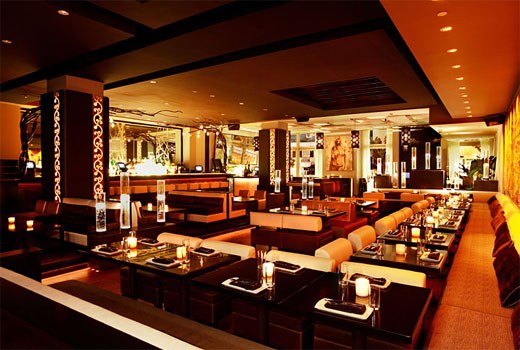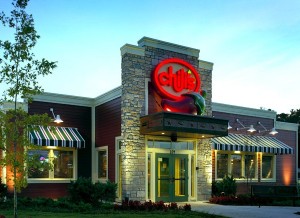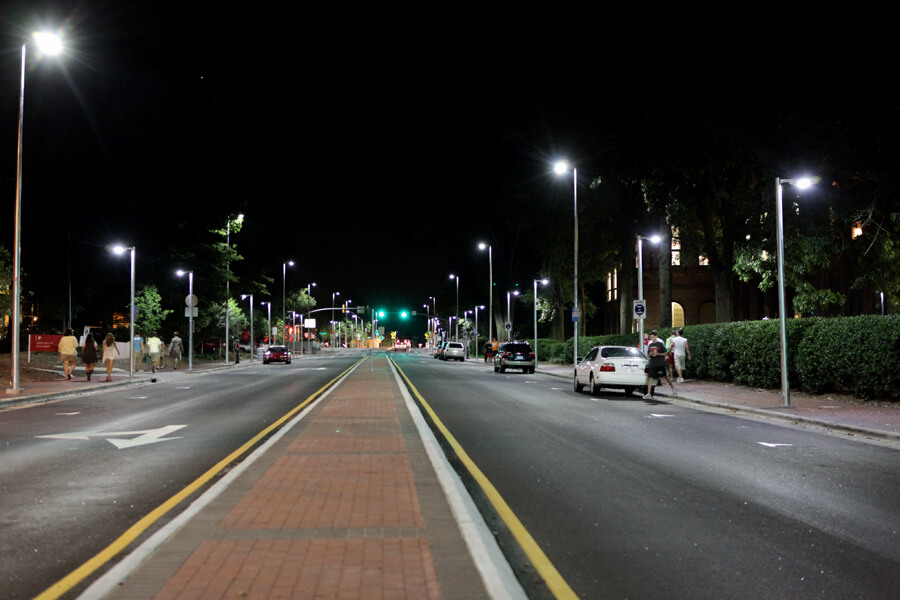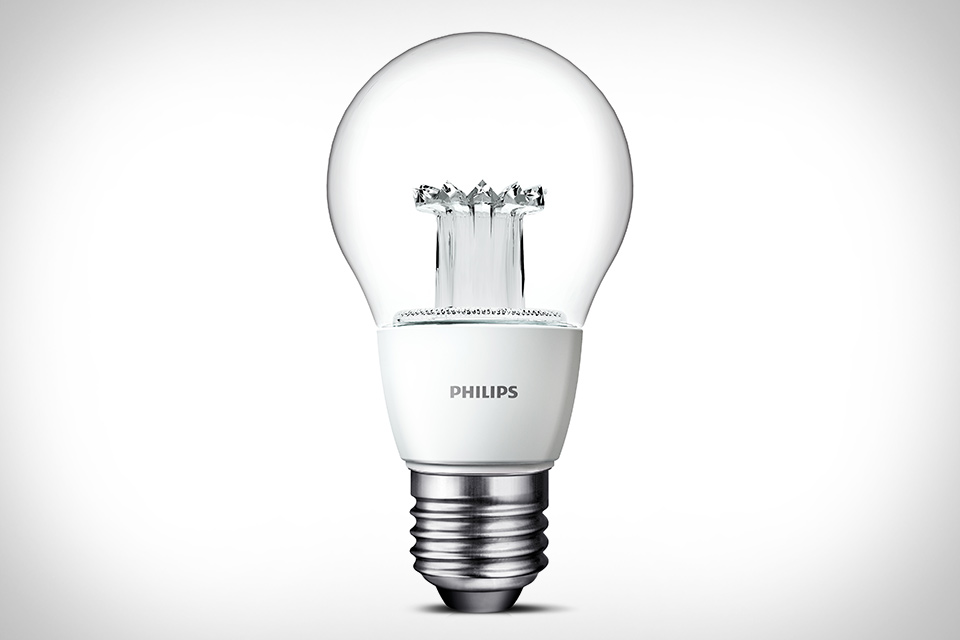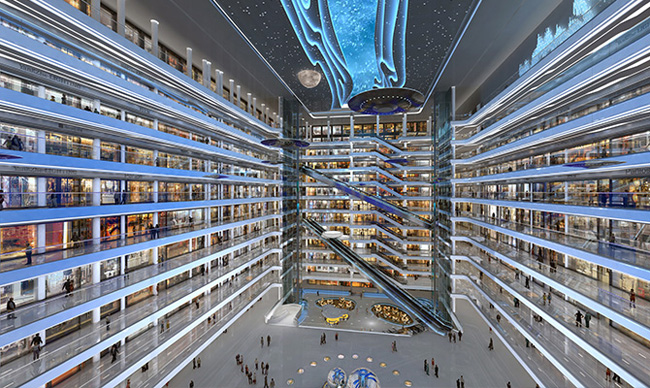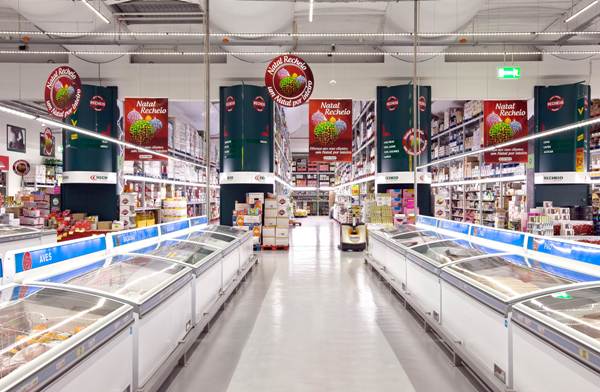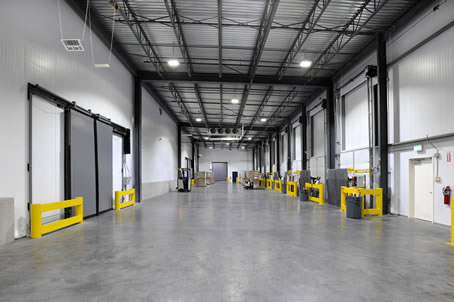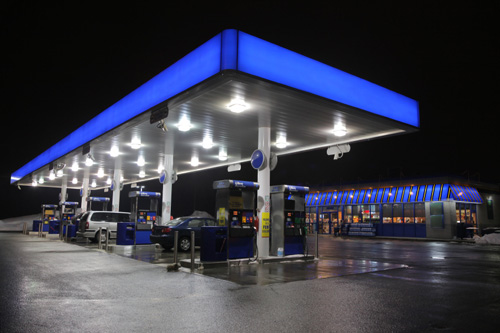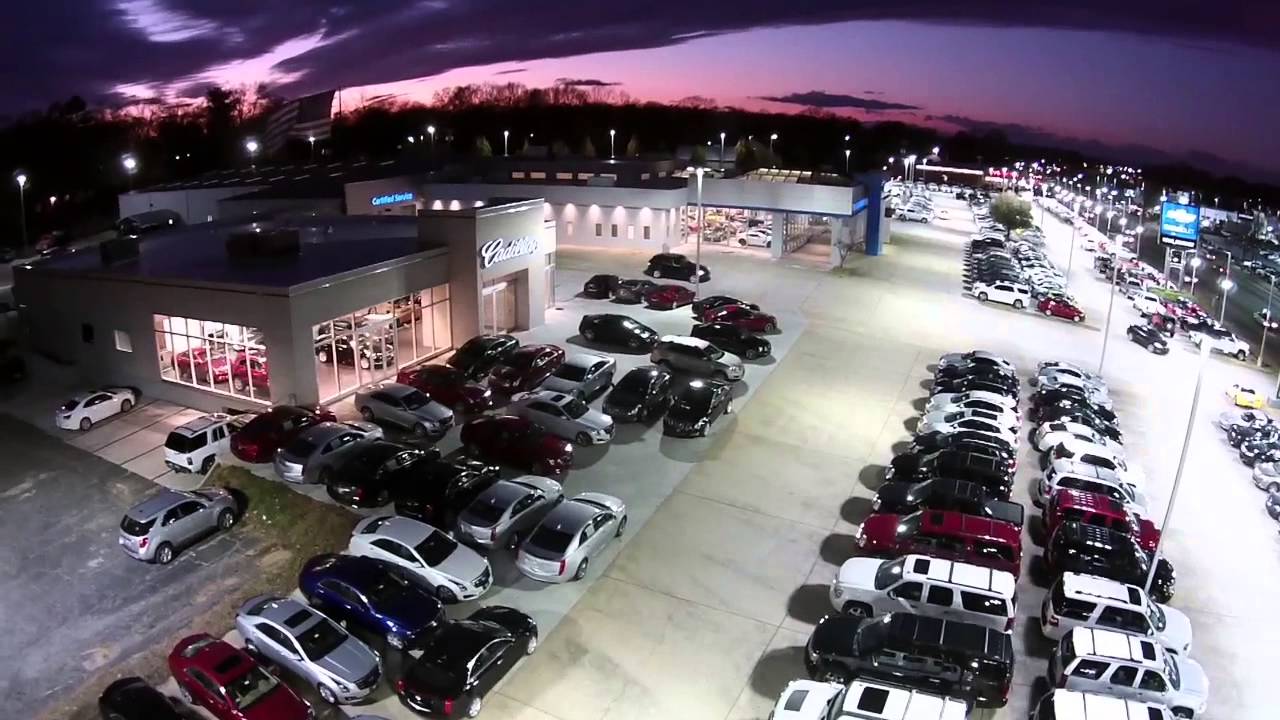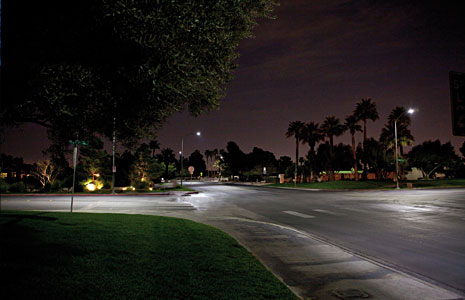LED lighting is not only more efficient and sustainable, but it is also safer than other available lighting, especially when it comes to airport runway areas. In Ocala, Florida, the Ocala International Airport is beginning to replace its old airfield lighting with high intensity LEDs.
Continue readingLEDs Illuminate Popular Chain Restaurants & Help Them Save
According to the Environmental Protection Agency, restaurants consume more energy per square foot than other commercial buildings and are typically lit 16 – 20 hours every day. That’s a lot of energy to be consuming with inefficient incandescent and halogen bulbs. Over the last two years, three nationally known restaurant chains have installed LED lighting and saved thousands, if not millions of dollars! In 2009, Red Robin, a casual dining restaurant known for its gourmet burgers, replaced roughly 12,000 incandescent and halogen lamps with 7-watt General Electric LED lamps. The new LEDs consume 77% less energy and last six times longer than their previous lights, saving Red Robin $120,000 annually. Red Robin also said the LEDs deliver “perfect lighting for a restaurant setting.”
In 2010, Chili’s, an informal Tex-Mex cuisine restaurant, replaced 125,000 of its indoor and outdoor lights with LEDs. At the time, it was the “largest U.S. roll-out of LED lamp technology to date,” said Eco-Story. Brinker International, the parent company of Chili’s, said the new lighting will save each restaurant $87 per week for a combined total of $3.7 million each year from its 827 restaurants! Brinker has also said the warm white LED light has also helped with the look and atmosphere of the restaurants.
In the beginning of 2011, Denny’s, a restaurant chain known for being open 24-7 and serving breakfast, lunch, and dinner all day long has installed Cree LR6 LED downlights in all of its new and renovated restaurants. Denny’s in Colorado Springs, Colorado, installed 400 LED lights in the dining rooms in five of its restaurants. These five Denny’s restaurants saved $15,500 annually on energy, with one of the restaurants consuming 6,000 kWh less each month. A LEED-certified Denny’s in Joliet, Illinois, uses LEDs and natural lighting for its restaurant and has reduced energy costs by 83%.
Restaurants, make the switch to LEDs to save and improve customer experience while helping the environment!
Phoenix and Gilbert Go Green with New Lighting and Pilot Programs
More major sustainable developments have been made in Arizona! The state is moving toward becoming more “green” and energy efficient by making changes in its traffic and street lighting. Ameresco, an energy services company, has been working with Phoenix Public Works and Street Transportation since October to plan to install LED traffic lights at Phoenix’s 860 intersections.
Continue readingPhilips 12.5-Watt Lamp First to Receive Energy Star Rating
Philips announced they have manufactured the world’s first LED replacement lamp for the 60-watt incandescent. In a press release on February 15, Philips said their 12.5-watt equivalent lasts 25 times longer and consumes 80% less energy than the 60-watt incandescent lamps. The Philips Ambient LED lamp (also can be found under the name Philips EnduraLED in some stores) is also the first of its kind to earn Energy Star Certification. In order to qualify for an Energy Star certification on your product, a lamp must have an output of 800 lumens, color rendering index of 80, 2700K color temperature, and a three year minimum warranty. Philips said their lamp meets the above qualifications, exceeding the lumen output at 806 lumens and also carries a six year warranty. Philips also features efficient LED lamps that are equivalent to 25 and 40-watt incandescent lamps.
Continue readingKick Off Earth Month at the GreenStock Expo in Scottsdale!
Next month is Earth Month, and what better way to celebrate by attending a sustainability festival! On April 15-17, GreenStocksRock will be hosting its second Greenstock Expo & Concert Series in Scottsdale at The Scottsdale WaterFront and South Bridge.
Continue readingGrocery Stores Modernize their Lighting with LEDs
If you think about all the lighting in a grocery store, you’ll realize they are huge energy wasters. There is the overall lighting, along with hundreds of lights in freezer cases and display areas, not to mention all the energy the refrigeration systems consume keeping the products chilled. Many grocery stores are updating their lighting and refrigeration systems to reduce energy costs. In Jefferson City, Missouri, Schulte Grocery store was recently presented with a $14,000 award for renovating its refrigeration system. The refrigeration system doesn’t run constantly anymore. If the computer detects a fluctuation in temperature, then the cooling system kicks on. The grocery store also installed LED lighting. Dan Cummins, official at Hussman, the company in charge of the renovation, said LED lighting is the way of the future for grocery stores.
Fresh & Easy just announced that the company wants four more stores to become GreenChill certified, GreenChill works in conjunction with the United States Environmental Protection Agency to reduce refrigerant emissions and help the environment. Fresh & Easy’s first GreenChill store opened in 2010, and now the company has eight GreenChill certified stores, the most of any grocery company in the United States. Some of the changes Fresh & Easy has made to becoming more energy efficient are: installing energy efficient doors in freezer and display cases along with triple-pane glass with anti-fog coating to eliminate door heaters to defog the doors, night curtain on refrigerators, and LED lighting in all chilled cases. Tim Mason, Fresh & Easy CEO, says the GreenChill certified stores consume 30% less energy than many supermarkets.
In 2005, a McKinley, Texas Walmart store installed LED freezer case lighting. The lighting produced less heat, consumed 70% less energy than previous lamps, and saved the store a significant amount of money on electricity and maintenance costs. Now, all Walmart stores have LED lighting in their freezer cases, along with rolling out LED parking lot lighting. Grocery stores, switch to LED lighting for extraordinary savings!
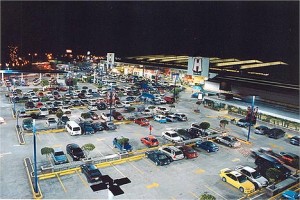
Going Green Can Be Cheap!
Going green doesn’t necessarily mean you have to make million dollar purchases on energy efficient products. There are ways you can improve your business practices starting tomorrow morning!
Continue readingRacine’s Better Day BP Gas Station Saves 62% on Energy
In spring 2008, the Better Day BP in Racine, Wisconsin was the first gas station to have an all-LED exterior. Since then, many gas stations have gone the same route, but it’s important to acknowledge the first! Tom Tousis, owner of the gas station, wanted to save money on energy costs, but wanted an attractive station, so he chose to install 56 LED fixtures.
Continue readingCar Dealerships Go Green with Cars and Lighting
George Karolis, Vice President of corporate development and real estate at Asbury Automotive Group and owner of a recently retrofitted Lexus dealership, couldn’t have said it better. Automobile dealerships’ number one concern is customer satisfaction. Car salesmen don’t want to be worrying about burned out or broken lamps while tending to customer needs, which makes LED lighting an optimal choice, said Karolis. The lights consume less energy, last longer, and have a better quality of light. Karolis’ Lexus dealership in Roswell, Georgia, replaced its exterior 750-1000 watt fixtures with Qnuru LEDs. The retrofit reduced lighting costs 86.6%, and the lamps have 19% more lumen output.
Continue readingEnergize Phoenix Project Revamps Inefficient Arizona Neighborhoods
As we’ve mentioned in previous blogs, Arizona is making leaps and strides in becoming a more sustainable state, especially in lighting retrofits. Another project in the city of Phoenix that began over the summer will help residents and business owners become more “green.” Energize Phoenix is a $25 million project funded by the U.S. Department of Energy Better Buildings Program and the American Recovery and Reinvestment Act that will transform a 10 mile stretch of the Valley Metro Light Rail into the “Green Rail Corridor” by making energy efficient changes to various buildings and neighborhoods.
According to the Energize Phoenix website, some goals of this project include reducing home energy consumption by 30%, decreasing commercial energy consumption by 18%, decreasing carbon emissions by 50,000 metric tons annually, and retrofitting 2,000 homes and 30 million square feet of business space. Homes, businesses, and factories between Central Avenue and Camelback Road and 44th Street and Washington can submit their street addresses to the Energize Phoenix website to see what incentives they apply for, including energy efficient air conditioners, windows, and water heaters. The project is also expected to create 1,900 to 2,700 “green” jobs! Everyone is benefitting! The website also has some useful energy saving tips for homeowners and businesses that do not qualify for the energy efficient incentives, but would also like to save. For example, if 10% of Arizona installed a solar water heater, it would be the equivalent of removing 57,000 cars off the road, said the website.
If you want more information on how to qualify for Energize Phoenix or how to get involved, please visit www.energizephx.com.


